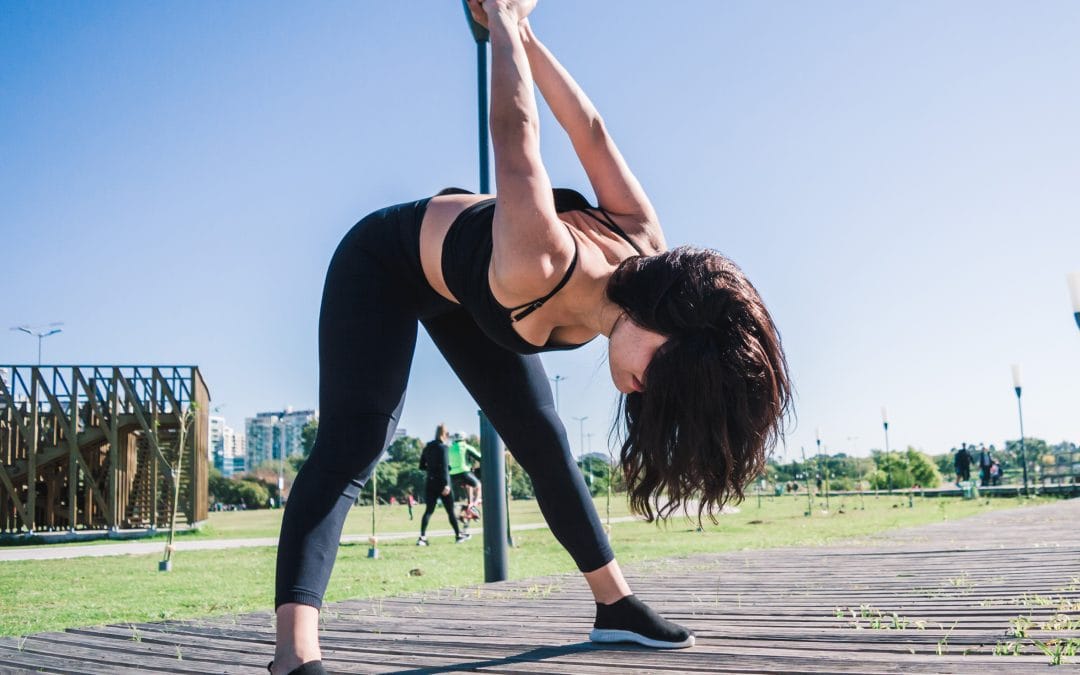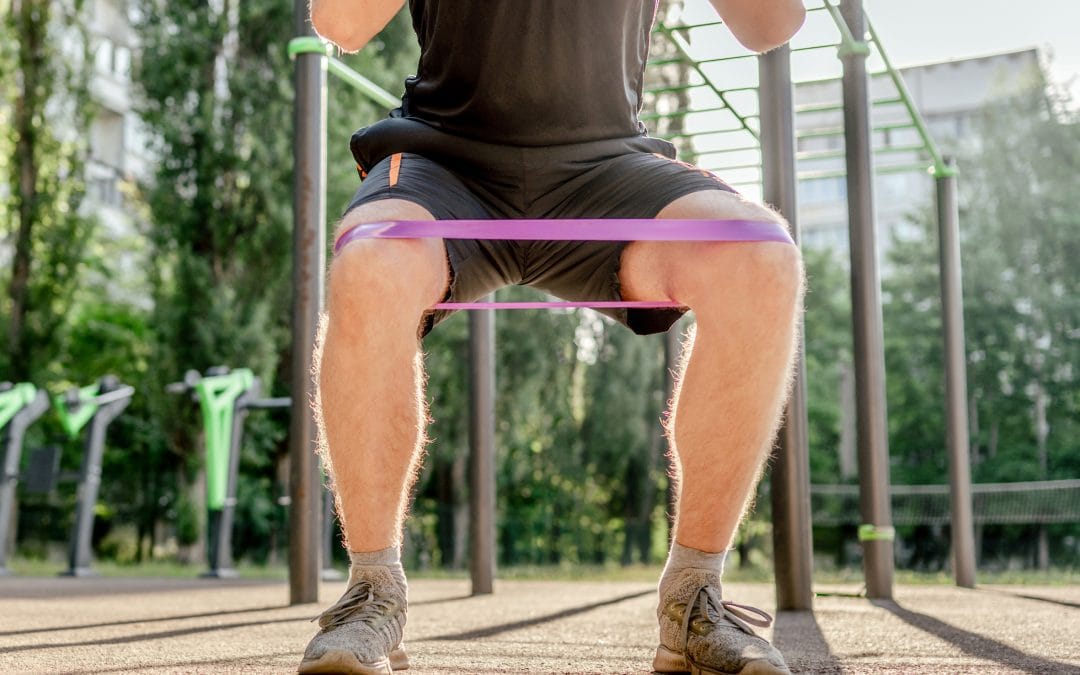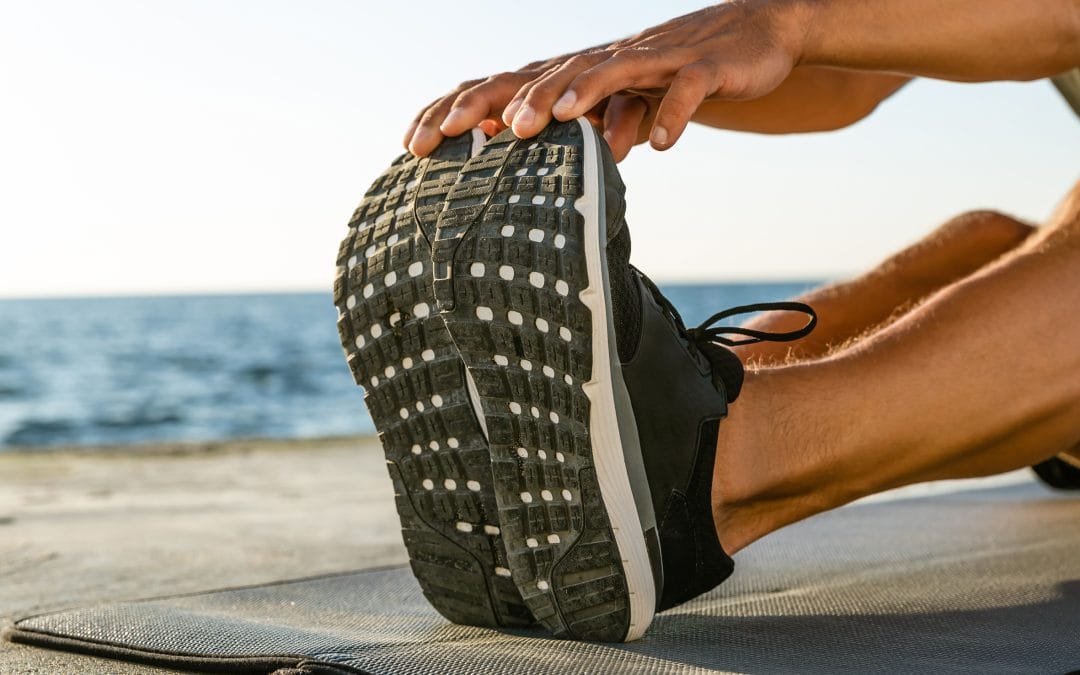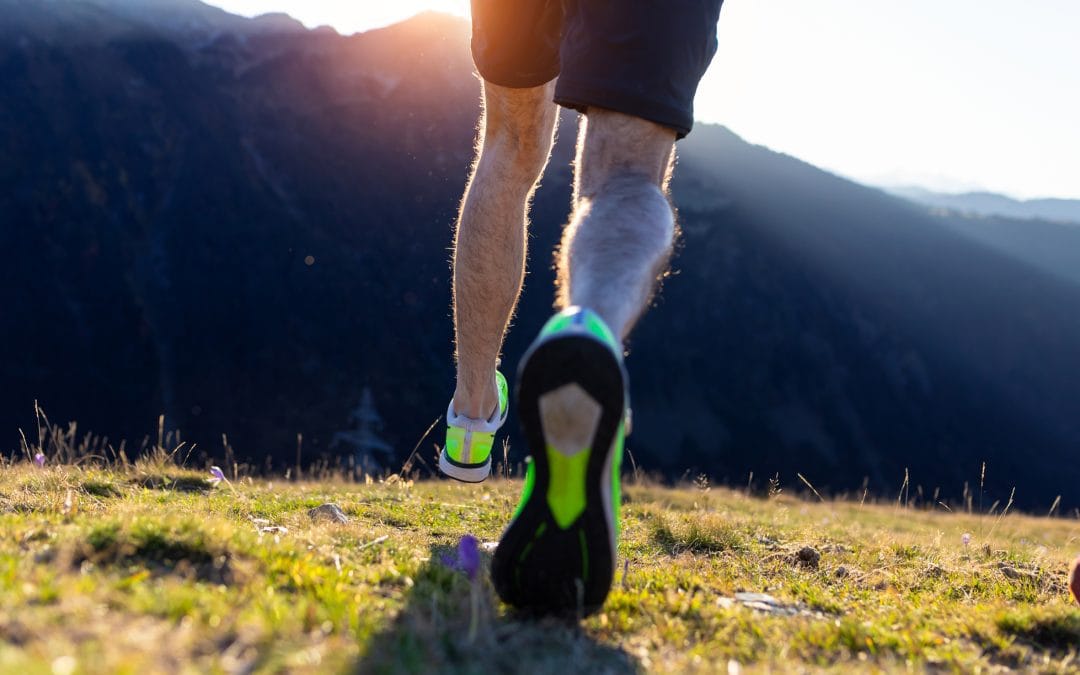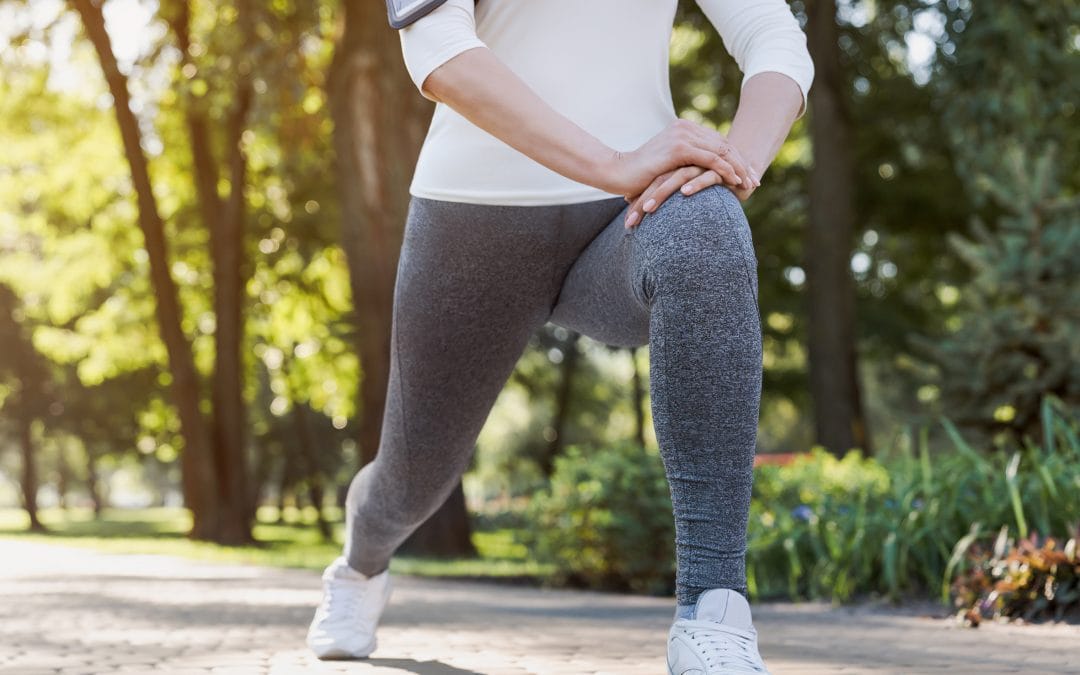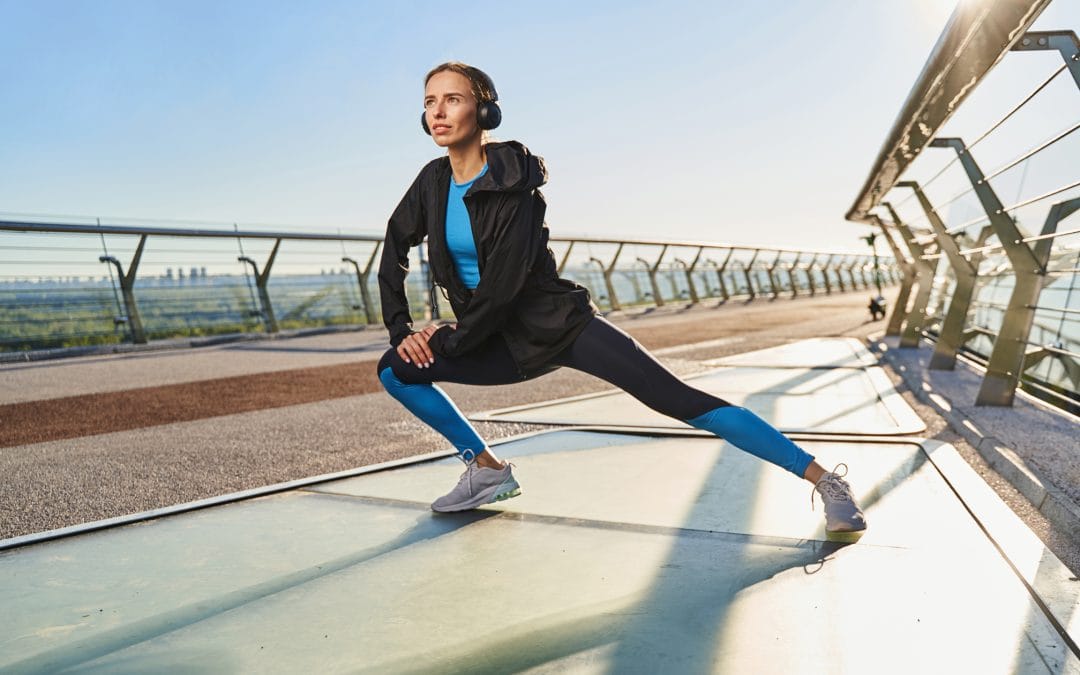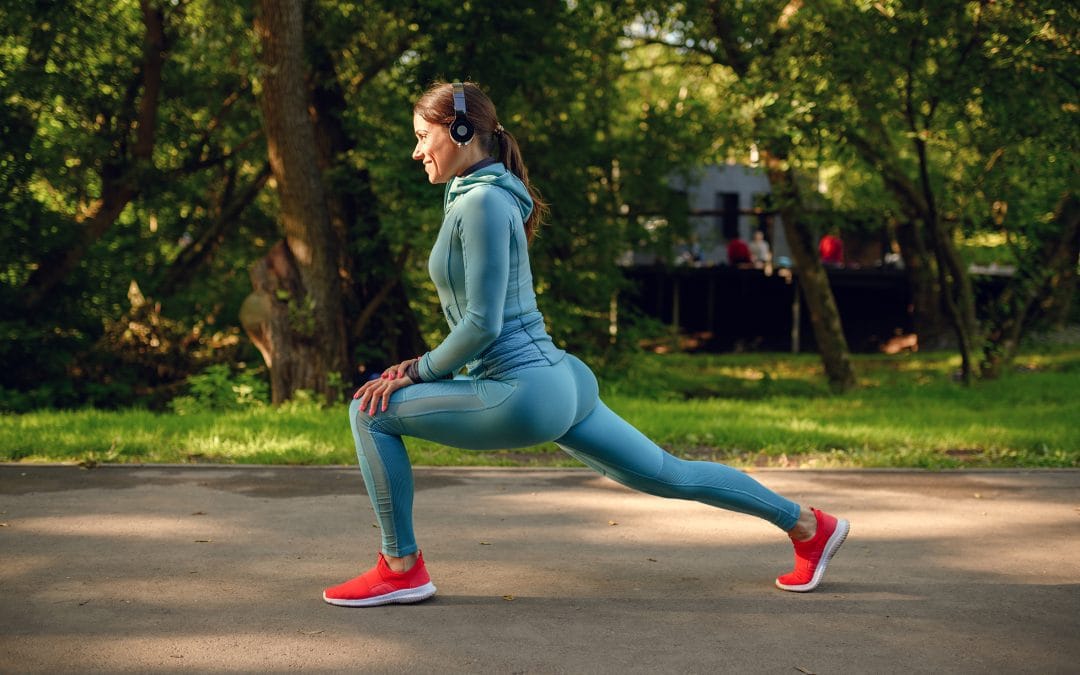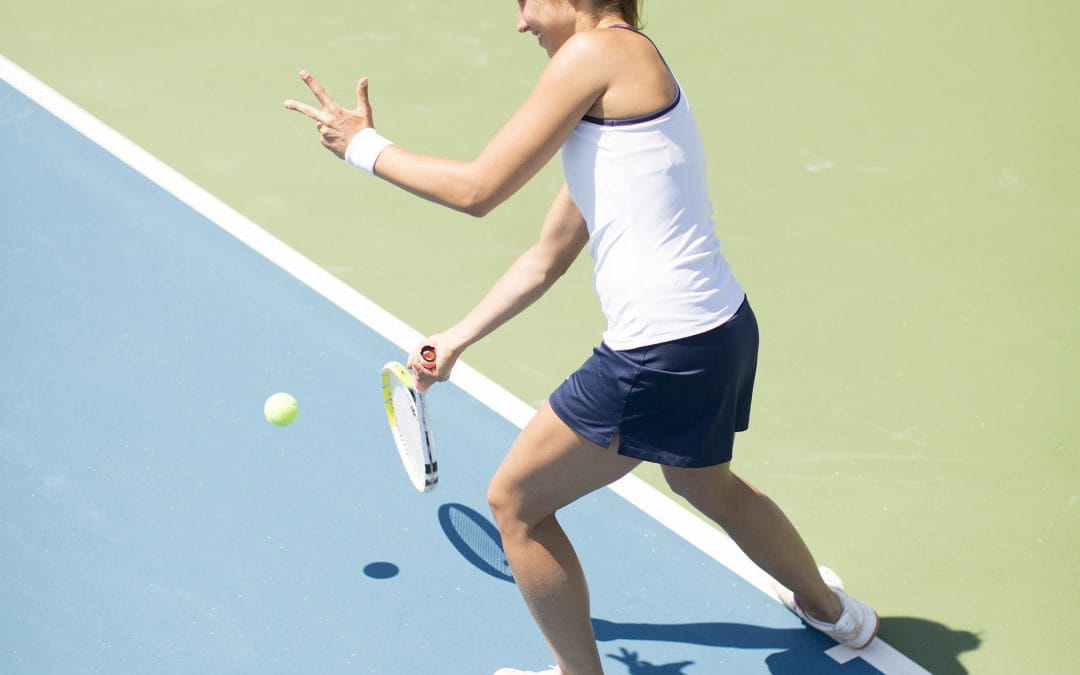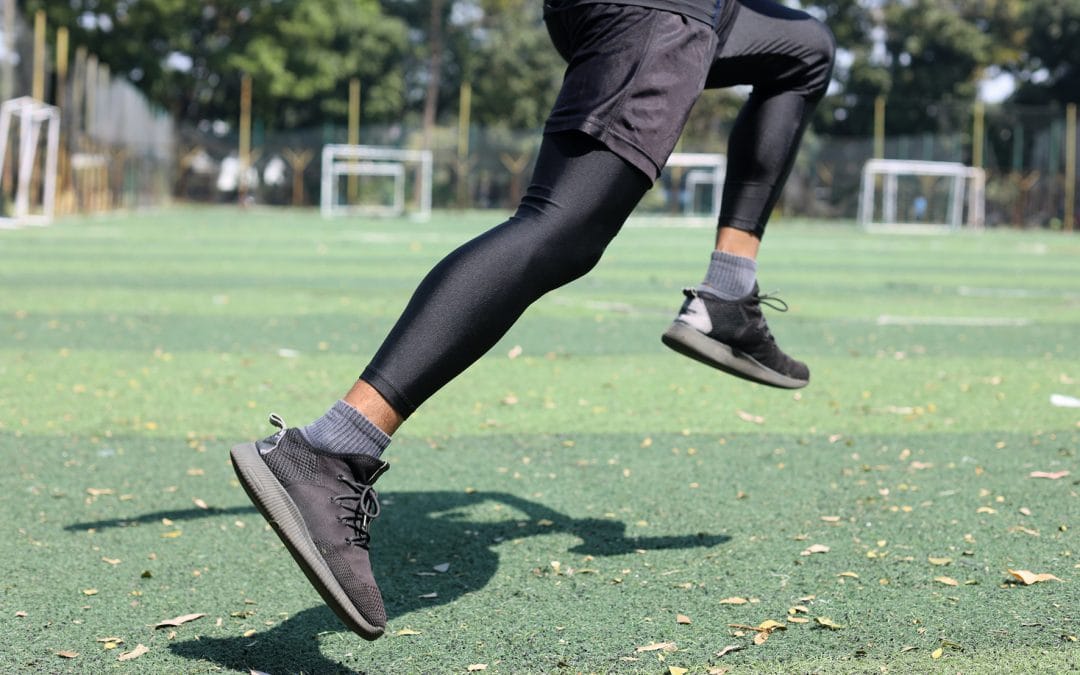Swinging Pain-Free: A Guide to Understand and Treating Golfer’s Elbow
Golfer’s elbow, medically referred to as medial epicondylitis, is a common condition that doesn’t just affect golfers but individuals engaged in repeated arm movements or gripping. In this post, we look to uncover the reasons why people suffer from Golfer’s elbow and what can be done to get back on the course swinging pain-free.
![]()
WHAT IS GOLFER’S ELBOW?
Medial Epicondylitis is an ‘overuse syndrome’ causing a form of tendinopathy. The tendons on the inner side of the elbow, just under the bony part, become inflamed due to repeated stress and work.
WHAT CAUSES GOLFER’S ELBOW?
There are lots of factors that can make you more likely to get Golfer’s Elbow – not just golf!
- Overuse – activities involving repeated gripping like golf but also including weightlifting, bowlers and racket sports.
- Vibrations – jobs that involve exposure to constant vibration at the elbow increase risk eg. plumbers or construction workers.
- Increasing age – individuals over 40 are more prone to golfer’s elbow due to the natural wear and tear that can occur in our joints.
SYMPTOMS OF GOLFER’S ELBOW
Diagnosis of this condition can be made clinically when there are certain symptoms:
- Gradual onset of pain – worse over the bony part on the inside of the arm (medial epicondyle)
- Pain worse on movement – wrist or forearm motion, especially wrist flexion can worsen the pain.
- Numbness on 4th and 5th finger- numbness or tingling can occur but also can sometimes not be present.




How to treat Golfer’s Elbow?
WE PROVIDE ADVANCED DIAGNOSTIC ASSESSMENTS AND A WIDE RANGE OF ULTRASOUND GUIDED INJECTION PROCEDURES TO TREAT JOINT PAIN AND SPORTS INJURIES.

